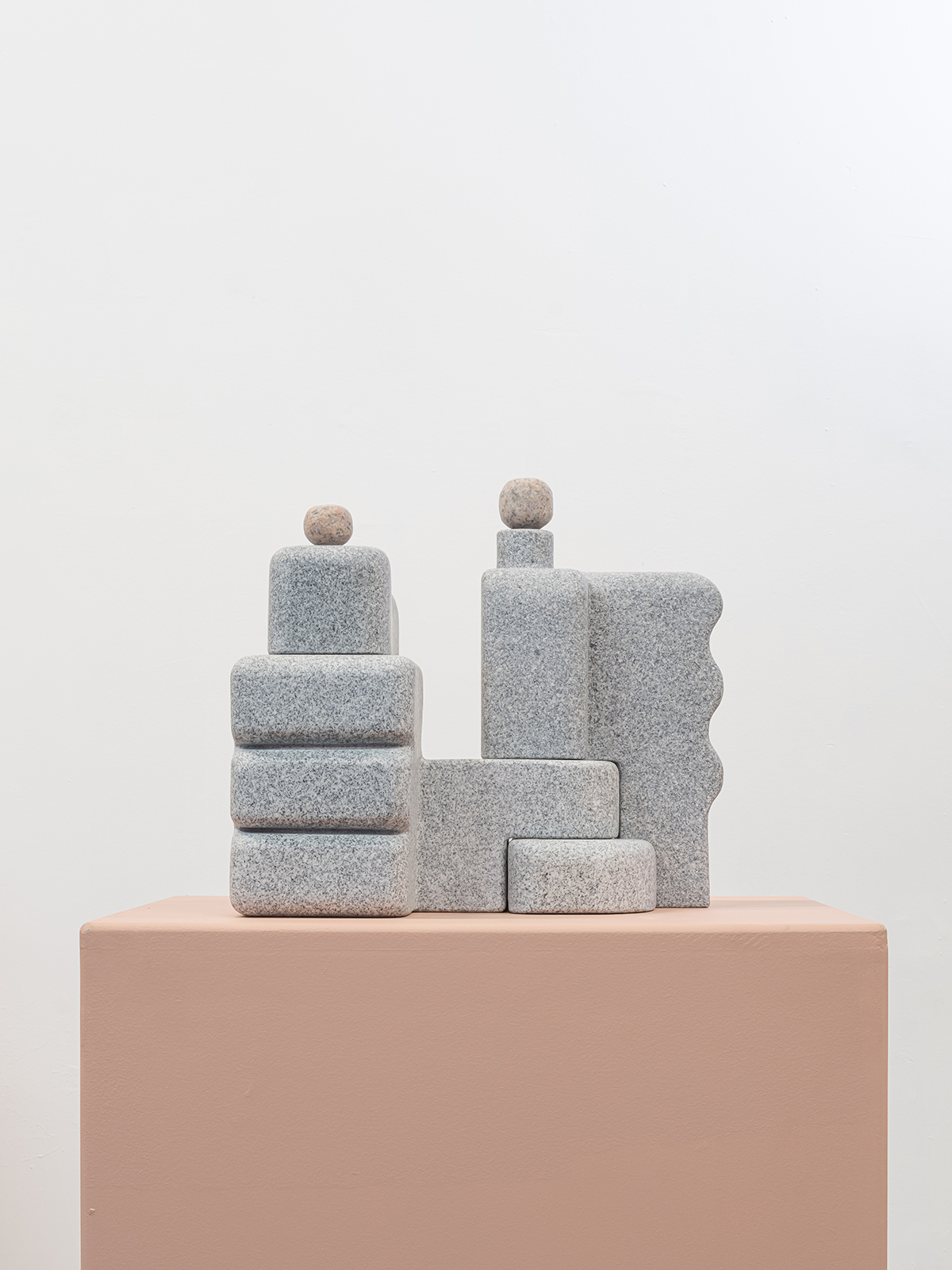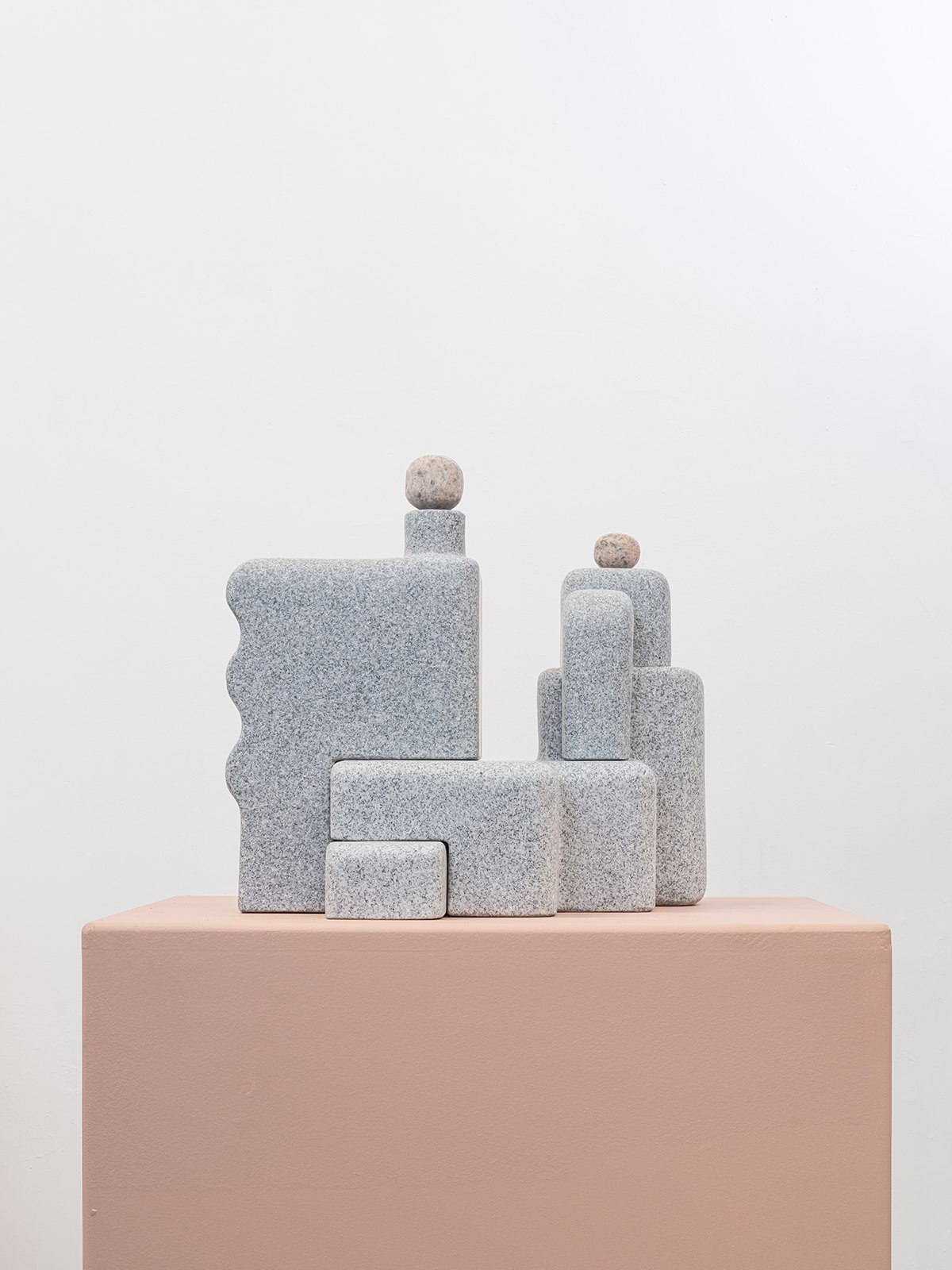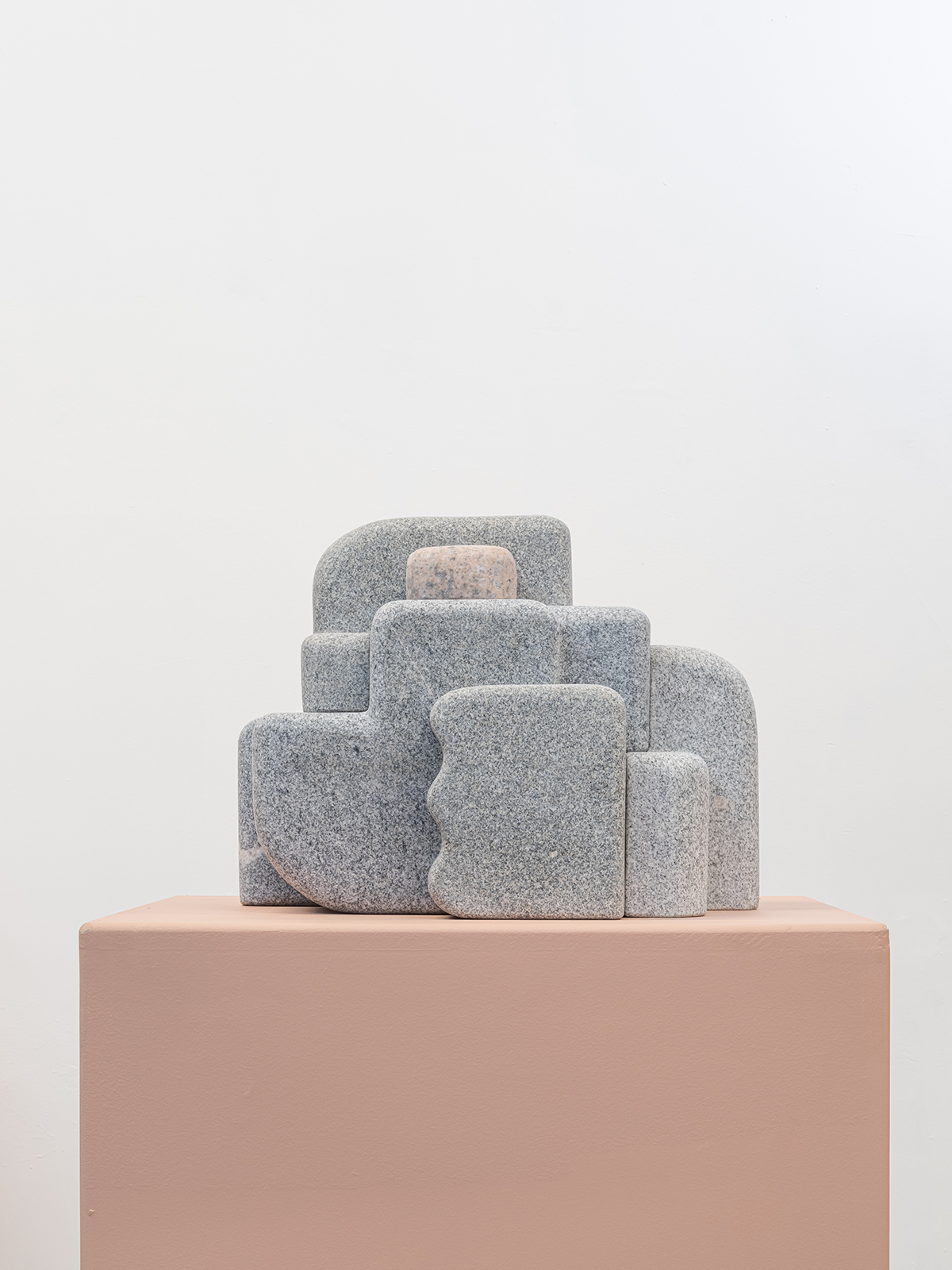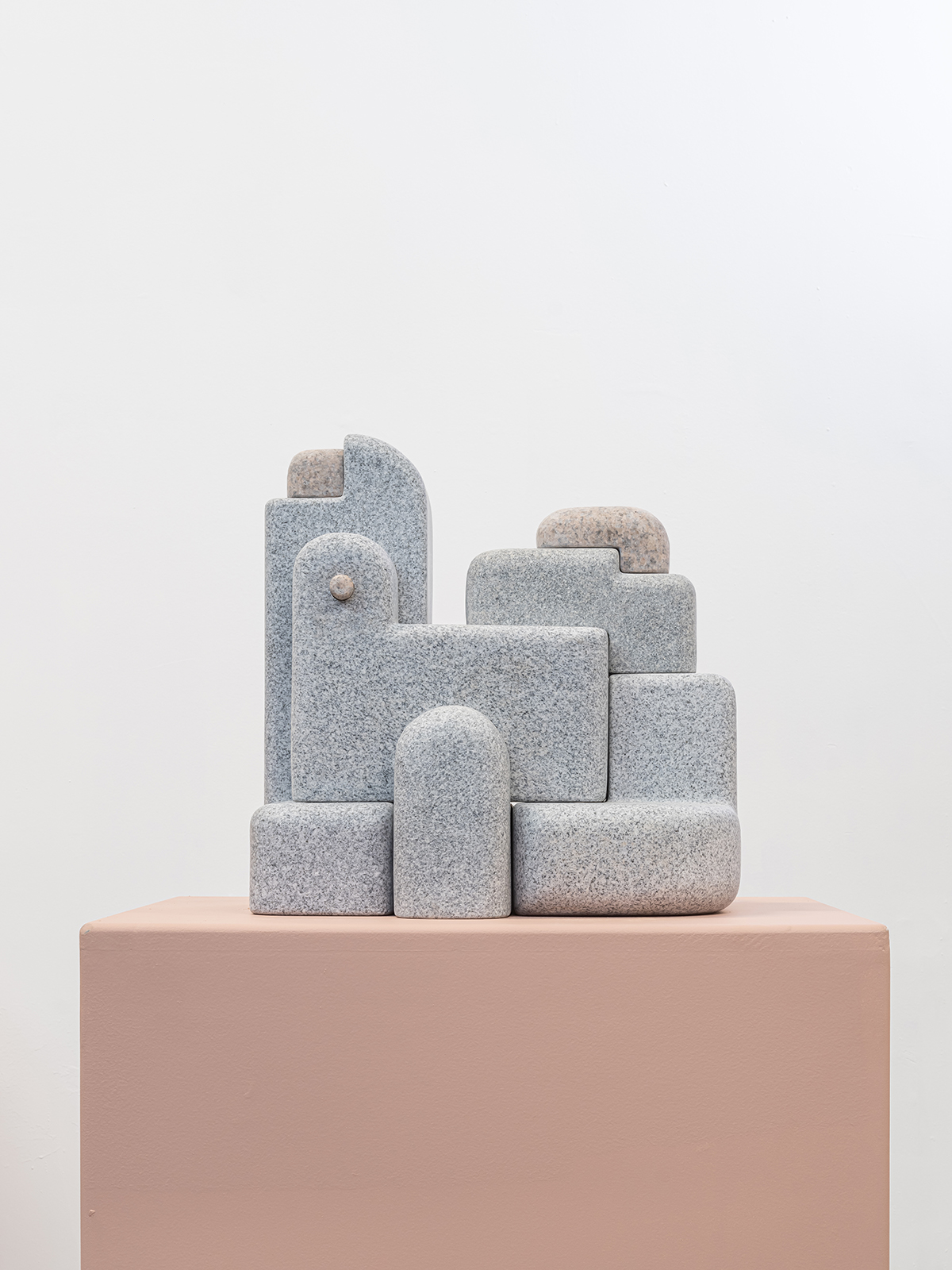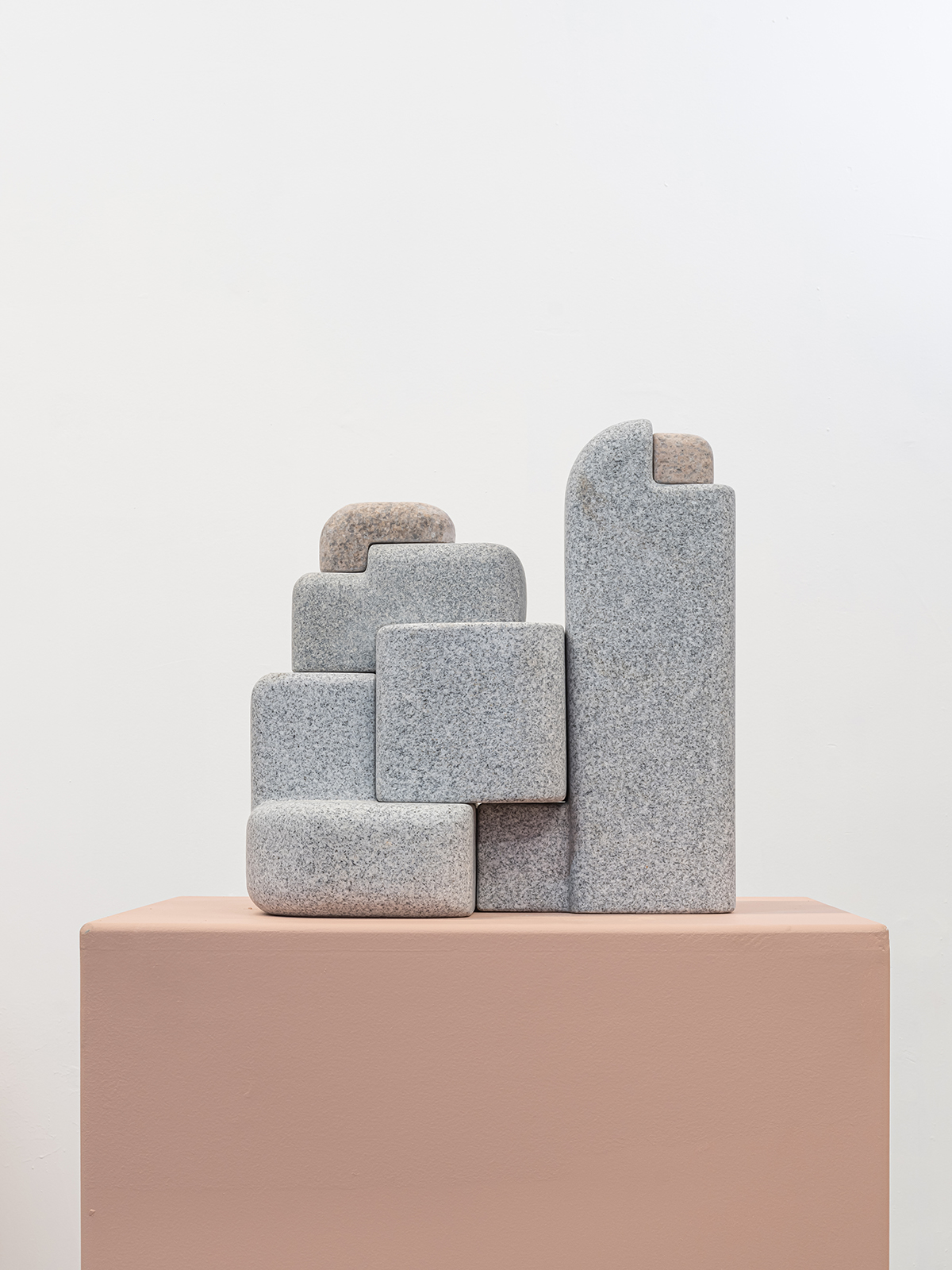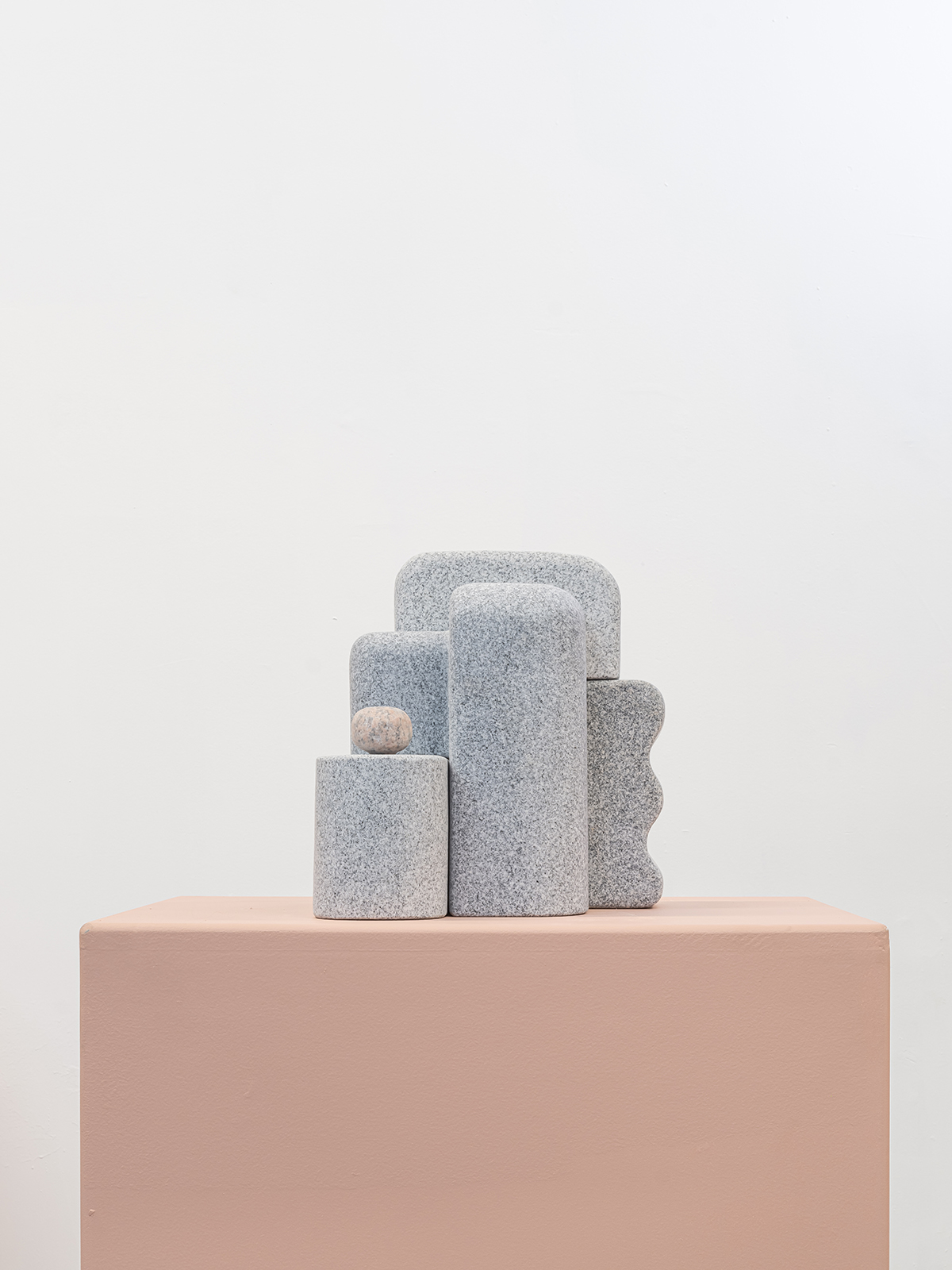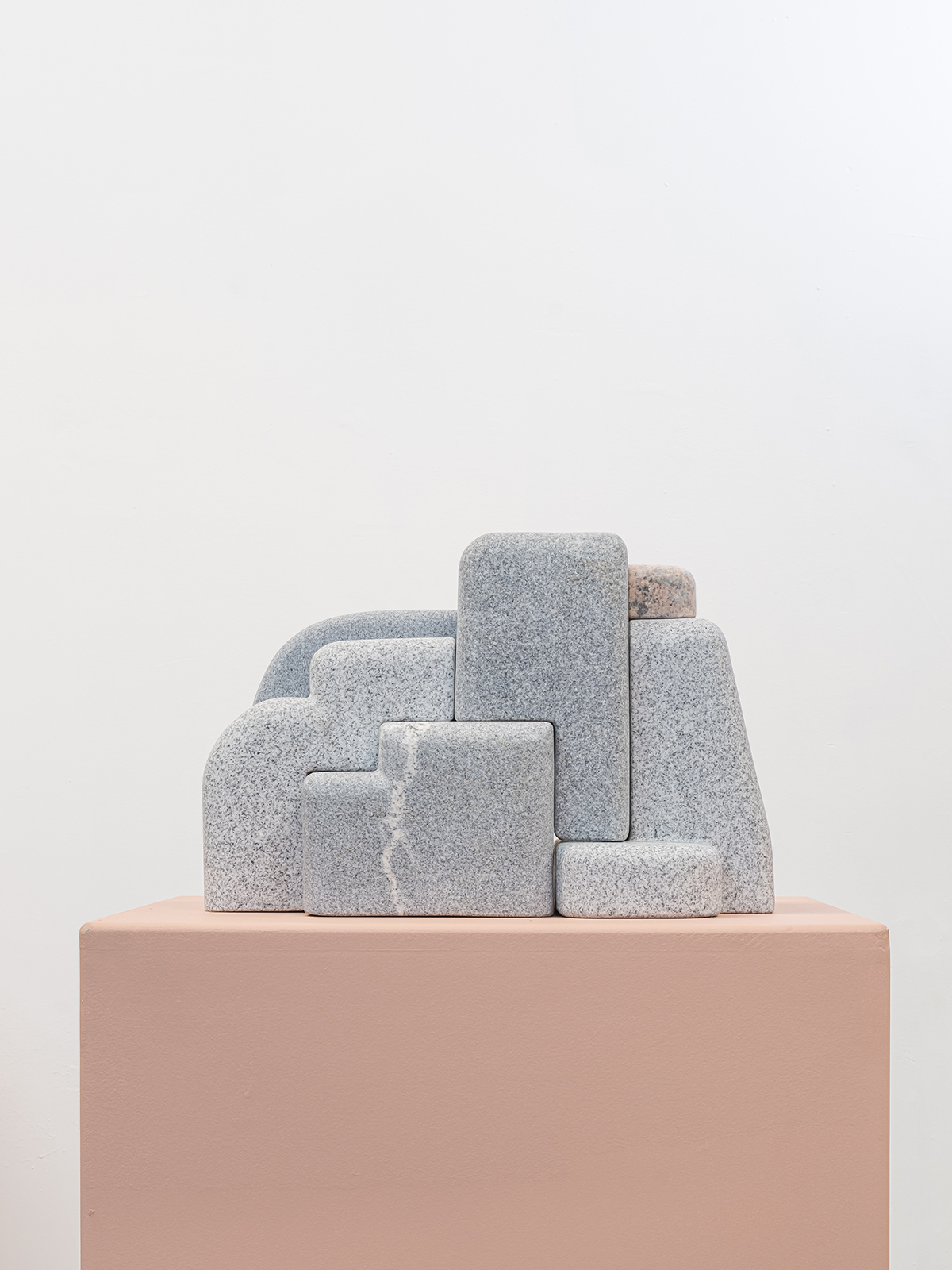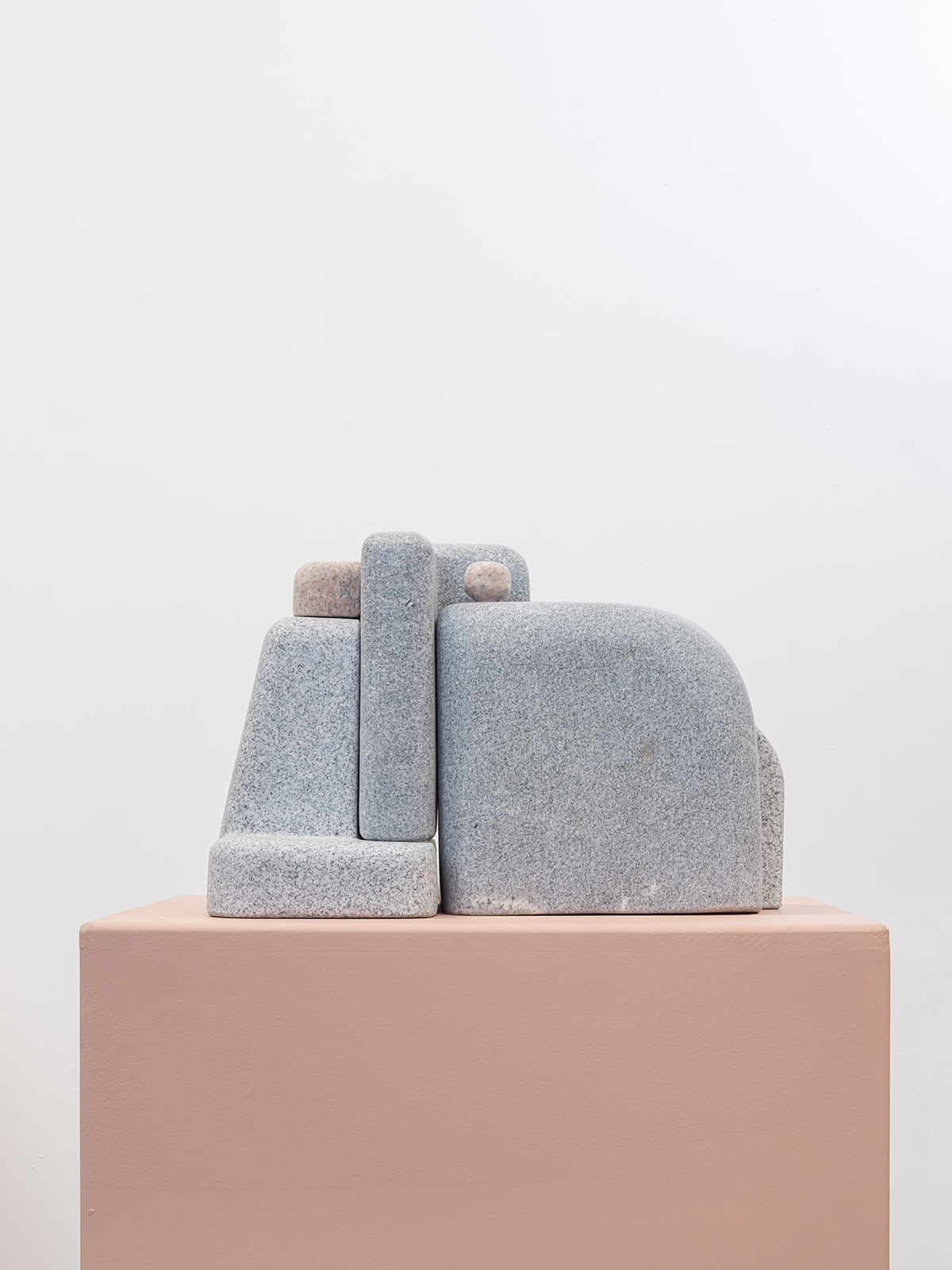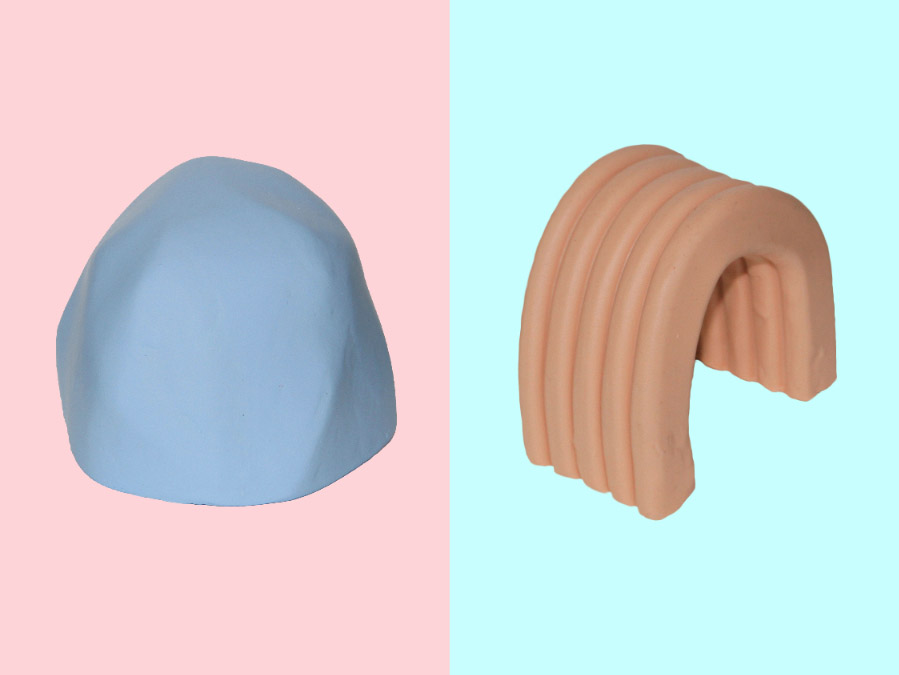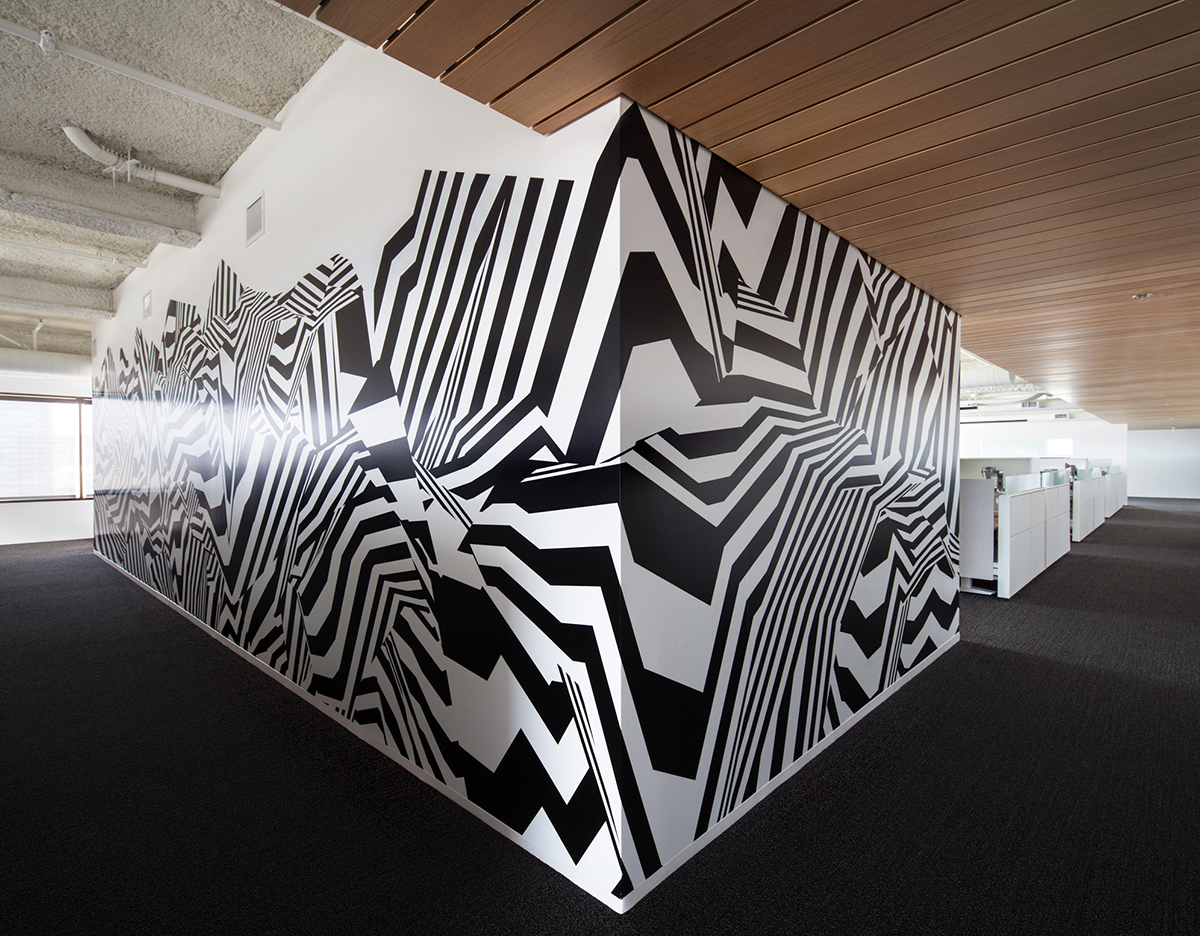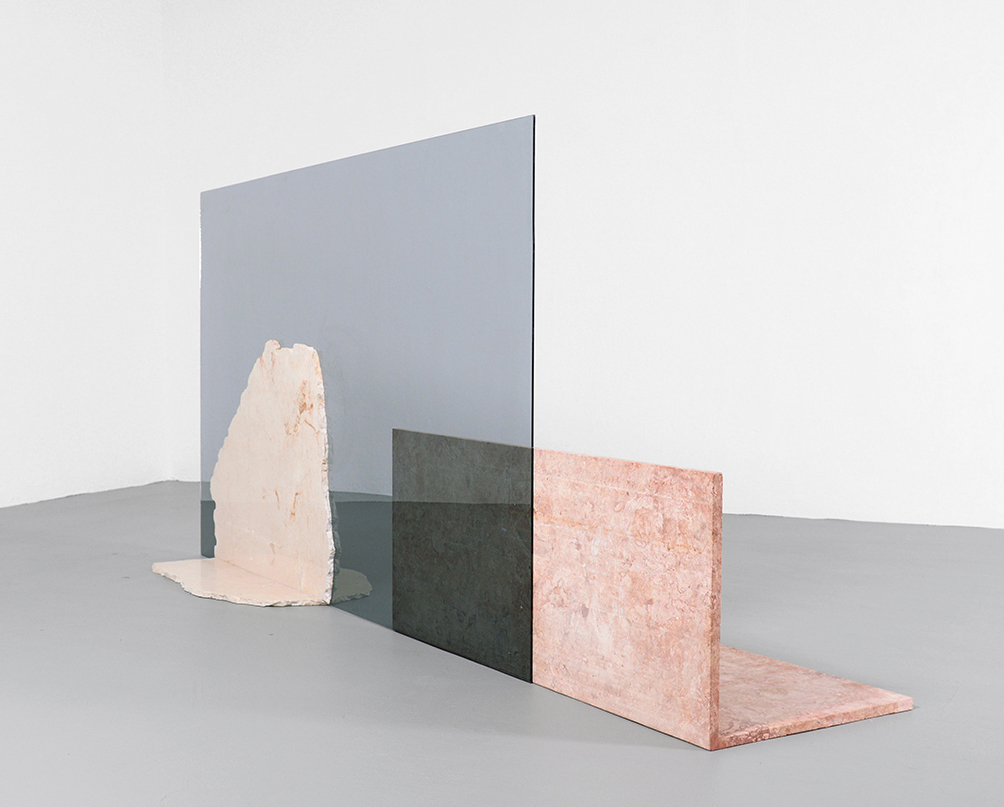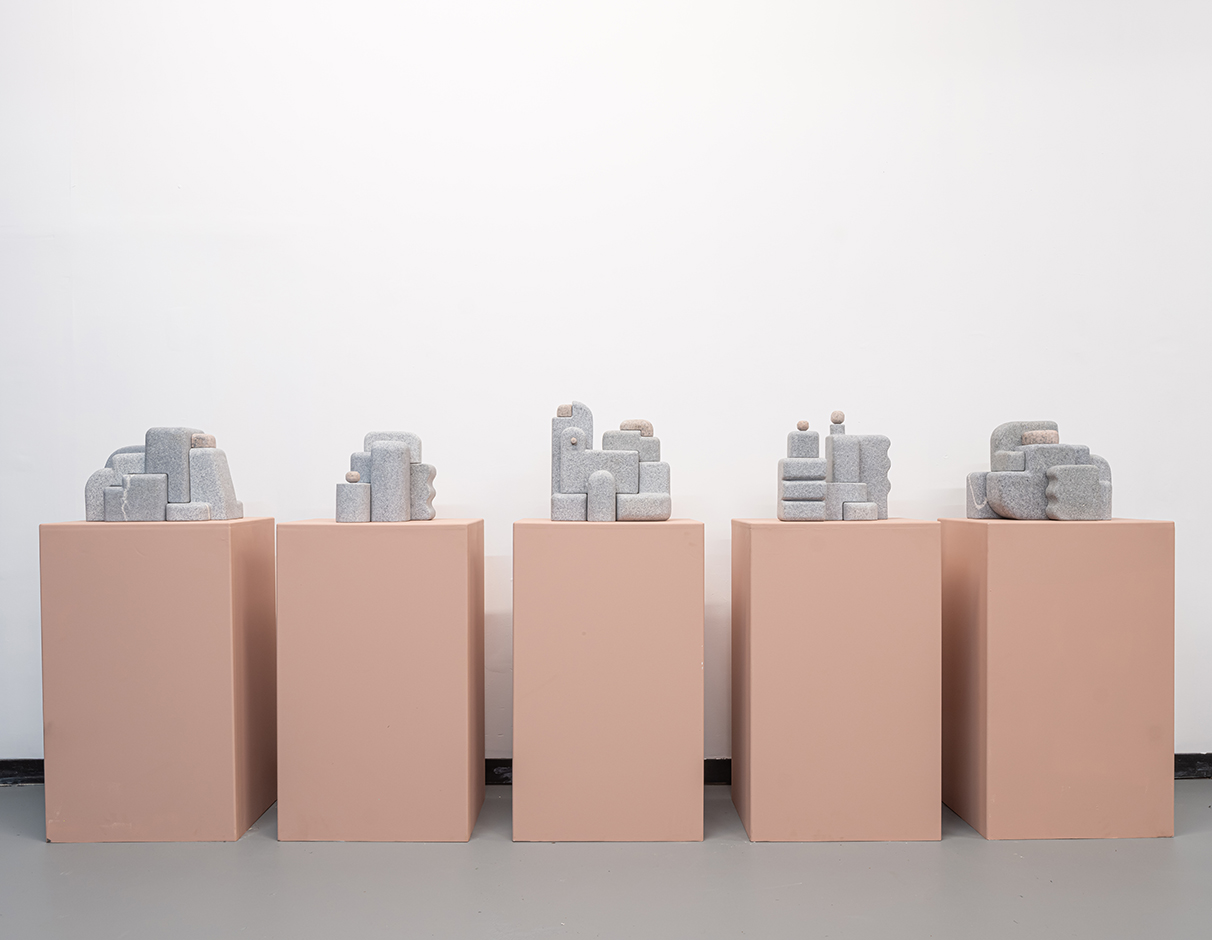
05.19.21
Sighted
Using Stone That’s Destined for the Dump, Matthew Byrd Creates These Interlocking, Noguchi-Inspired Sculptures
As a sculptor and stonemason, artist Matthew Byrd spends a lot of time driving around his hometown of Raleigh, North Carolina. Much of that time is spent looking at old buildings for inspiration, noticing how one intersects with the roof of another, trying to figure out how he can translate those moments into his stacked stone sculptures. But his travels often have a more practical purpose as well — late at night, Byrd drives around scoping out abandoned lots or construction sites from which he can gather raw material that would otherwise be destined for the dump. “I have my rules,” says Byrd. “I’ll only take things that are destined for the landfill, and a lot of the time I get permission. People will hit me up saying, ‘Come and get it.’ I become attached to a piece of granite early, solely based on what I went through to acquire it.”
Byrd’s background is in traditional stone masonry; under the tutelage of his mentor, Brooks Burleson, he became obsessed with how rocks fit together and become stronger without any mortar. “When I started doing this particular series, I really wanted to focus on stones’ bonds with each other on a zoomed-in scale. I wanted each piece to have intricacies from multiple perspectives — for everything to not only balance physically, but more importantly, visually and playfully.”
Byrd keeps things relatively low-tech and true to the spirit of his forebears like Isamu Noguchi or Barbara Hepworth; he doesn’t use a computer but rather sketches by hand and carves his sculptures using the bare minimum of tools: chisels, disc grinders, and sanders. Their simplicity often belies a complex joinery system, though: “Sometimes I’ll have the stones interlocking with each other in a way that isn’t even visible unless you were to disassemble the piece,” Byrd says. “These pieces could honestly all be carved out of one piece of stone, and the shapes and features would essentially be the same, but the relationships would be lost. The meaning comes out for me during the creation process; it becomes meditative at the same time as it is mentally troublesome. As soon as it’s done, the meaning is over, and it just becomes an experience I had with that material. Then it’s it up to the observer to find their own meaning. Not too different than building a wall on a job site.”
